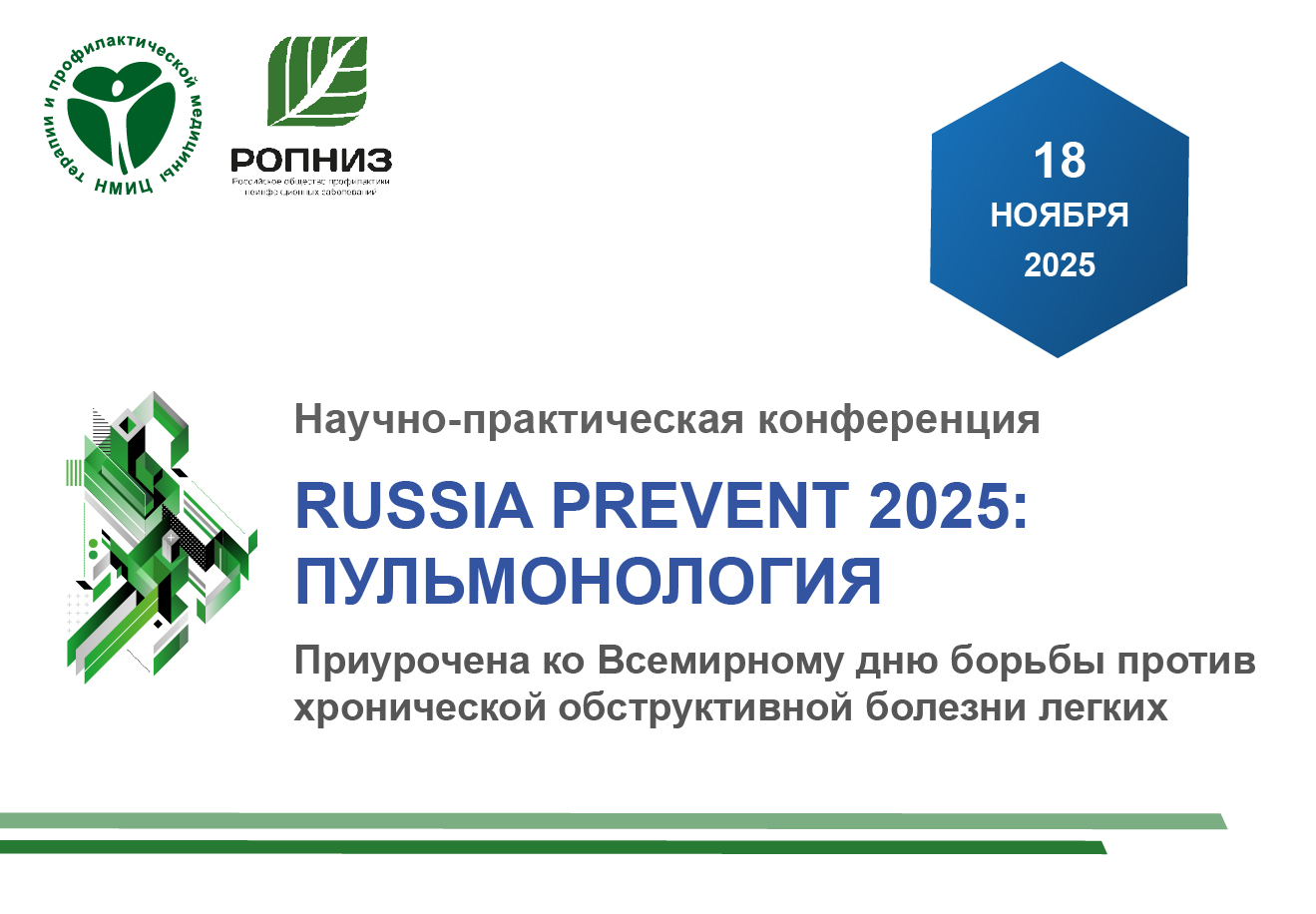INHIBITION OF KIDNEY DISORDERS IN CARDIOVASCULAR DISEASES: THE ROLE OF ANGIOTENSIN II RECEPTOR BLOCKERS
https://doi.org/10.20996/1819-6446-2008-4-5-85-90
Abstract
About the Author
V. V. FominRussian Federation
Chair of Therapy and Occupational Diseases
References
1. Мухин Н.А., Моисеев В.С., Кобалава Ж.Д. и др. Кардиоренальные взаимодействия: клиническое значение и роль в патогенезе заболеваний сердечно-сосудистой системы и почек. Тер арх 2004;(6):39– 46.
2. Мухин Н.А. Снижение скорости клубочковой фильтрации – общепопуляционный маркер неблагоприятного прогноза. Тер арх 2007;(6):5–10.
3. Комитет экспертов Российского медицинского общества по артериальной гипертонии и Всероссийского научного общества кардиологов. Профилактика, диагностика и лечение артериальной гипертензии. Российские рекомендации (третий пересмотр). М., 2008.
4. Комитет экспертов Всероссийского научного общества кардиологов и Научного общества нефрологов России. Функциональное состояние почек и прогнозирование сердечно-сосудистого риска. Кардиоваскулярная терапия и профилактика 2008;7(6 приложение 3):3- 24.
5. De Jong P.E., Brenner B.M. From secondary to primary prevention of progressive renal disease: the case for screening for albuminuria. Kidney Int 2004;66(6):2109–18.
6. Ochodnicky P., Henning R.H., van Dokkum R.P., de Zeeuw D. Microalbuminuria and endothelial dysfunction: emerging targets for primary prevention of end-organ damage. J Cardiovasc Pharmacol 2006;47 Suppl 2:S151-62
7. Tsakiris A., Doumas M., Lagatouras D. et al. Microalbuminuria is determined by systolic and pulse pressure over a 12-year period and related to peripheral artery disease in normotensive and hypertensive subjects: the Three Areas Study in Greece (TAS-GR). Angiology. 2006; 57(3):313–20.
8. Metclaf P., Baker J., Scott A. et al. Albuminuria in people at least 40 years old: effect of obesity, hypertension and hyperlipidemia. Clin Chem 1992;38(9):1802-8.
9. . Shankar S.S., Steinberg H.O. Obesity and endothelial dysfunction. Semin Vasc Med 2005;5(1):56–64.
10. Сагинова Е.А., Федорова Е.А., Фомин В.В. и др. Формирование поражения почек у больных ожирением. Тер арх 2005;(5):36–41.
11. Borch-Johnsen K., Feldt-Rasmussen B., Strandgaard S. et al. Urinary albumin excretion. An independent predictor of ischemic heart disease. Arterioscler Thromb Vasc Biol 1999;19(8):1992-7.
12. Lieb W., Mayer B., Stritzke J. et al. Association of low-grade urinary albumin excretion with left ventricular hypertrophy in the general population: The MONICA/KORA Augsburg Echocardiographic Substudy. Nephrol Dial Transplant 2006;21(10):2780–7.
13. Wachtell K., Palmieri V., Olsen M.H. et al. Urine albumin/creatinine ratio and echocardiographic left ventricular structure and function in hypertensive patients with electrocardiographic left ventricular hypertrophy: the LIFE study. Losartan Intervention for Endpoint Reduction. Am Heart J 2002;143(2):319–26.
14. Munakata M., Nunokawa T., Yoshinaga K. et al. Brachial-ankle pulse wave velocity is an independent risk factor for microalbuminuria in patients with essential hypertension - a Japanese trial on the prognostic implication of pulse wave velocity (J-TOPP). Hypertens Res 2006; 29(7):515–21.
15. Земченков А.Ю., Томилина Н.А. «К/ДОКИ» обращается к истокам хронической почечной недостаточности (О новом разделе Реко- мендаций K/DOQI по диагностике, классификации и оценке тя- жести хронических заболеваний почек). Нефрология и диализ 2004;6(3):204–20.
16. Meguid El Nahas A., Bello A.K. Chronic kidney disease: the global challenge. Lancet 2005;365(9456):331–40.
17. Clase C.M., Garg A.X., Kiberd B.A. Prevalence of low glomerular filtration rate in nondiabetic Americans: Third National Health and Nutrition Examination Survey (NHANES III). J Am Soc Nephrol 2002;13(5):1338-49.
18. Bibbins-Domingo K., Chertow G.M., Fried L.F. et al. Renal function and heart failure risk in older black and white individuals: the Health, Aging, and Body Composition Study. Arch Intern Med 2006;166(13):1396- 402.
19. Чазова И.Е., Мычка В.Б. Метаболический синдром. М.: Медиа Медика; 2004. 20. Фомин В.В., Моисеев С.В., Мухин Н.А. Артериальная гипертония высокого риска: место блокаторов рецепторов ангиотензина II. Тер арх 2007;(10):86-91.
20. Lindholm L., Ibsen H., Dahlof B. et al. Cardiovascular morbidity and mortality in patients with diabetes in the Losartan Intervention For Endpoint reduction in hypertenstion study (LIFE): a randomised trial against atenolol. Lancet 2002;359(9311):1004-10.
21. Brown B., Hall A. Renin-angiotensin system: the weight of evidence. Am J Hypertens 18(9 Pt 2):127S-133S.
22. Rodby R.A., Rohde R.D., Clarke W.R. et al. The Irbesartan type II diabetic nephropathy trial: study design and baseline patient characteristics. For the Collaborative Study Group. Nephrol Dial Transplant 2000;15(4):487–97.
23. Lewis E.J., Hunsicker L.G., Clarke W.R. et al. Renoprotective effect of the angiotensin-receptor antagonist irbesartan in patients with nephropathy due to type 2 diabetes. N Engl J Med 2001;345(12):851– 60.
24. Berl T., Hunsicker L.G., Lewis J.B. et al. Cardiovascular outcomes in the Irbesartan Diabetic Nephropathy Trial of patients with type 2 diabetes and overt nephropathy. Ann Intern Med 2003;138(7):542-9.
25. Pohl M.A., Blumenthal S., Cordonnier D.J. et al. Independent and additive impact of blood pressure control and angiotensin II receptor blockade on renal outcomes in the irbesartan diabetic nephropathy trial: clinical implications and limitations. J Am Soc Nephrol 2005;16(10):3027-37.
26. Berl T., Hunsicker L.G., Lewis J.B. et al. Impact of achieved blood pressure on cardiovascular outcomes in the Irbesartan Diabetic Nephropathy Trial. J Am Soc Nephrol 2005;16(7):2170-9. 28. Anavekar N.S., Gans D.J., Berl T. et al. Predictors of cardiovascular events in patients with type 2 diabetic nephropathy and hypertension: a case for albuminuria. Kidney Int Suppl 2004;(92):S50-S55.
27. Atkins R.C., Briganti E.M., Lewis J.B. et al. Proteinuria reduction and progression to renal failure in patients with type 2 diabetes mellitus and overt nephropathy. Am J Kidney Dis 2005;45(2):281-7.
28. Bramlage P., Pittrow D., Kirch W. The effect of irbesartan in reducing cardiovascular risk in hypertensive type 2 diabetic patients: an observational study in 16,600 patients in primary care. Curr Med Res Opin 2004;20(10):1625-31.
29. Schmieder R.E., Krekler M. Observational study of blood pressure control and microalbuminuria in type 2 diabetics on irbesartan or irbesartan/HCTZ [inGerman]. MMW Fortschr Med. 2005;147 Suppl 3:97- 101.
30. Parving H.H., Lehnert H., Br chner-Mortensen J. et al. The effect of irbesartan on the development of diabetic nephropathy in patients with type 2 diabetes. N Engl J Med 2001;345(12):870–8.
31. Opie L.H., Parving H.H. Diabetic nephropathy. Diabetic nephropathy: can renoprotection be extrapolated to cardiovascular protection? Circulation 2002;106:643–5.
Review
For citations:
Fomin V.V. INHIBITION OF KIDNEY DISORDERS IN CARDIOVASCULAR DISEASES: THE ROLE OF ANGIOTENSIN II RECEPTOR BLOCKERS. Rational Pharmacotherapy in Cardiology. 2008;4(5):85-90. (In Russ.) https://doi.org/10.20996/1819-6446-2008-4-5-85-90















































